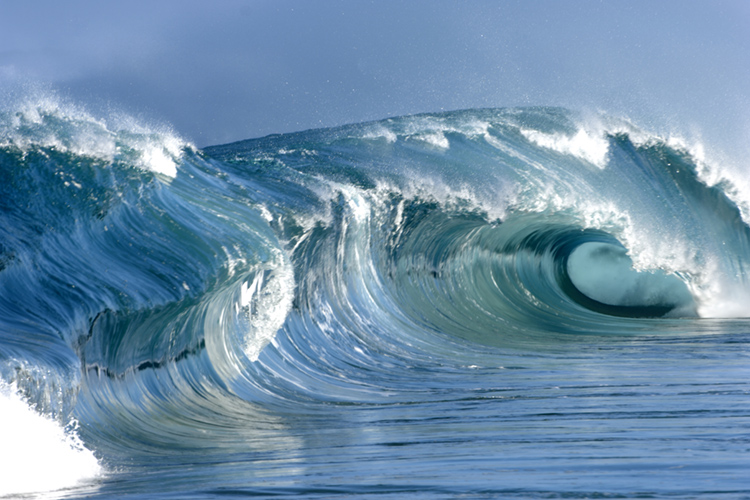Surf forecasting is the process or method of predicting swell behavior and the breaking of the waves near the coastline.
It is often considered a branch of meteorology and oceanography because it uses the same interdisciplinary tools and modus operandi adopted in forecasting weather and the study of all aspects of the ocean.
In the end, the goal of surf forecasters is to predict how, where, and when waves will be formed and travel toward the shores.
The process of anticipating swells and wave patterns is complex and involves the study and technological analysis of several critical variables.
Surf forecasting was particularly useful on June 6, 1944, when the Allies were planning the Invasion of Normandy, the event that marked the beginning of the end of World War II.
In fact, a team of British and American naval meteorologists provided Dwight D. Eisenhower with decisive wave and tide information on the best day and hour to begin the historical beach landing assault in France.
Some of the methods used to predict the surf on D-Day were pioneered by Walter H. Munk at the U. S. Navy Radio and Sound Laboratory in the late 1930s.
Munk is often considered the father of modern surf forecasting.
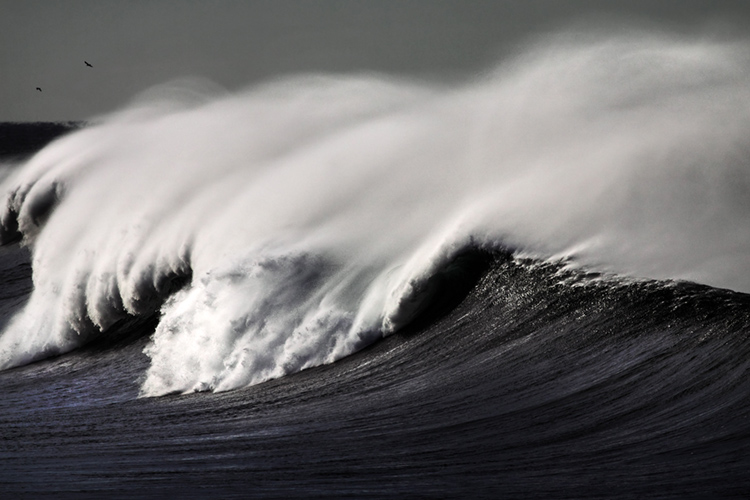
In The Beginning Was The Wind
But to better understand the behavior of the waves, you got to get back to the source of the phenomenon - the wind.
The wind is the main responsible for the creation of waves. It produces waves at a far distance from the coastline (ground swells), and it also creates waves near the beach (wind swells).
The interaction of the wind with all the surrounding weather and bathymetric variables will inevitably result in the breaking of a wave near the shore.
It is not, and probably will never be, an exact science because there will always be secondary variables that can interact with the equation and alter its linear parameters.
Also, the quality of the wave forecast will always decrease as the period of analysis extends through time.
For example, a 120-hour forecast will necessarily be less accurate than a 24-hour forecast.
Nevertheless, model-driven surf forecasts can be quite precise and accurate.
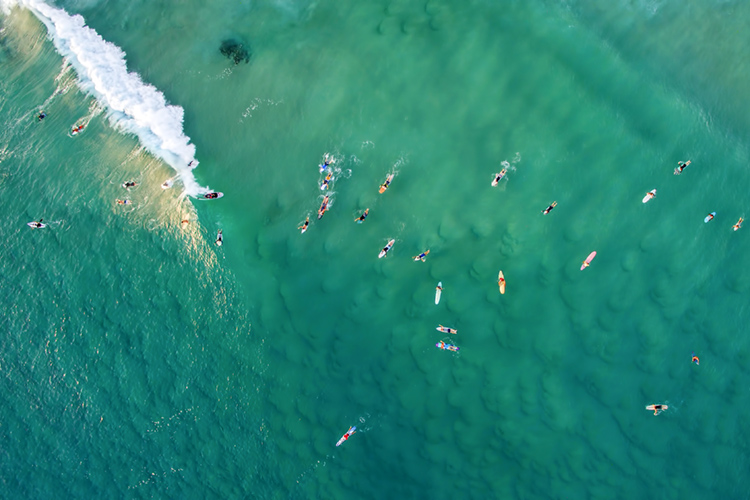
The Variables At Stake
Surf forecasts provide valuable information, not only about waves but also about wind and the weather in general.
They will tell surfers, fishermen, sailors, and the general public when swells are expected to arrive at a particular destination, the angle of the wave train, the wave period, and the size of the breaking waves.
Then, further interpretations can be made. One of the most relevant and popular analyses is the quality and consistency of the surf.
But to predict whether the waves will be perfect and suitable for surfing or not, scientists have to add extra factors to the analysis.
Variables like local bathymetry (shoaling, diffraction, refraction), angular decay, seasonal effects, coastal upwelling, the Coriolis Effect, tides, currents, the types of surf breaks, and local winds will only add rigor to the surf forecast.
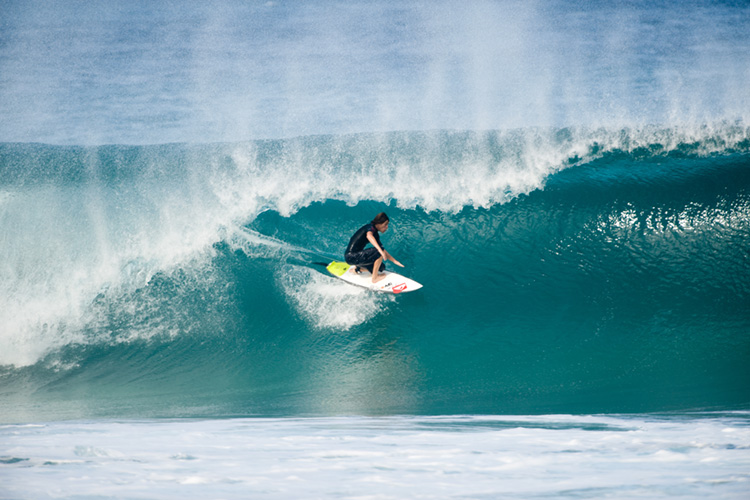
The Weather Forecast Models
Professional surf forecasters and meteorologists use several ocean and weather prediction models to elaborate their calculations. Sometimes, they even combine multiple models to obtain better results.
The main weather prediction models are the Global Forecast System (GFS), the North American Mesoscale Model (NAM), and the Integrated Forecast System (IFS).
Then, there are sub-products or spin-offs that blend weather model data, swell model data, wave buoy data, live wind data, and even user beach reports.
An experienced surf forecaster can look at the weather charts and live data taken from weather stations and ocean buoys and predict - by hand - the behavior of the waves at a given surf break with a high degree of accuracy.
However, in modern surf forecasting, scientists use computers and software to deliver predictions for the upcoming days immediately.
The better you fine-tune all variables, the more precise the forecast will be. Surf scientists can even tell you which wetsuit to wear and at what time the surf will peak or be at its best.
Modern surf forecasting generally involves hundreds of gigabytes of data.
But a good dose of will, the right books, and regular practice can quickly transform anyone into an amateur surf forecaster.
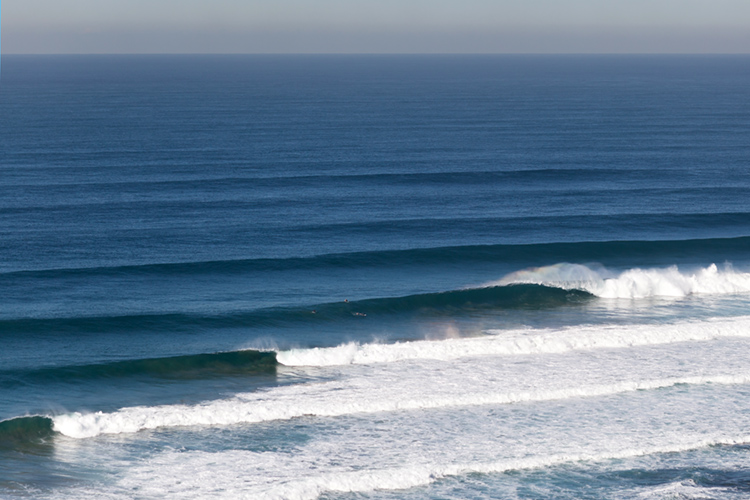
The Swell Models
Swell models are specifically designed products that use open-source weather data shared by meteorological agencies around the planet to build surf-driven predictions.
Combined with surf-related variables, swell models produce surf forecasts for the upcoming hours and days, allowing surfers to plan surf trips and contest organizers to run events on the best possible day of the waiting period.
But how do wave predictions see the light of day?
Supercomputers generate complex mathematical calculations that can be later translated into simple and easy-to-interpret visual graphics and animated models.
Swell models split the globe up into squares of x miles wide - they can be bigger or smaller depending on each model - and then project short and medium-term calculations for that region.
These highly complex swell models are usually run four times a day and will deliver accurate results in a surf report.
A surf report features all the information a surfer needs to make go or no-go decisions - the wave size, wind speed and direction, swell period, air and water temperature, and overall evaluation of the surfing conditions at their favorite surf spot.
